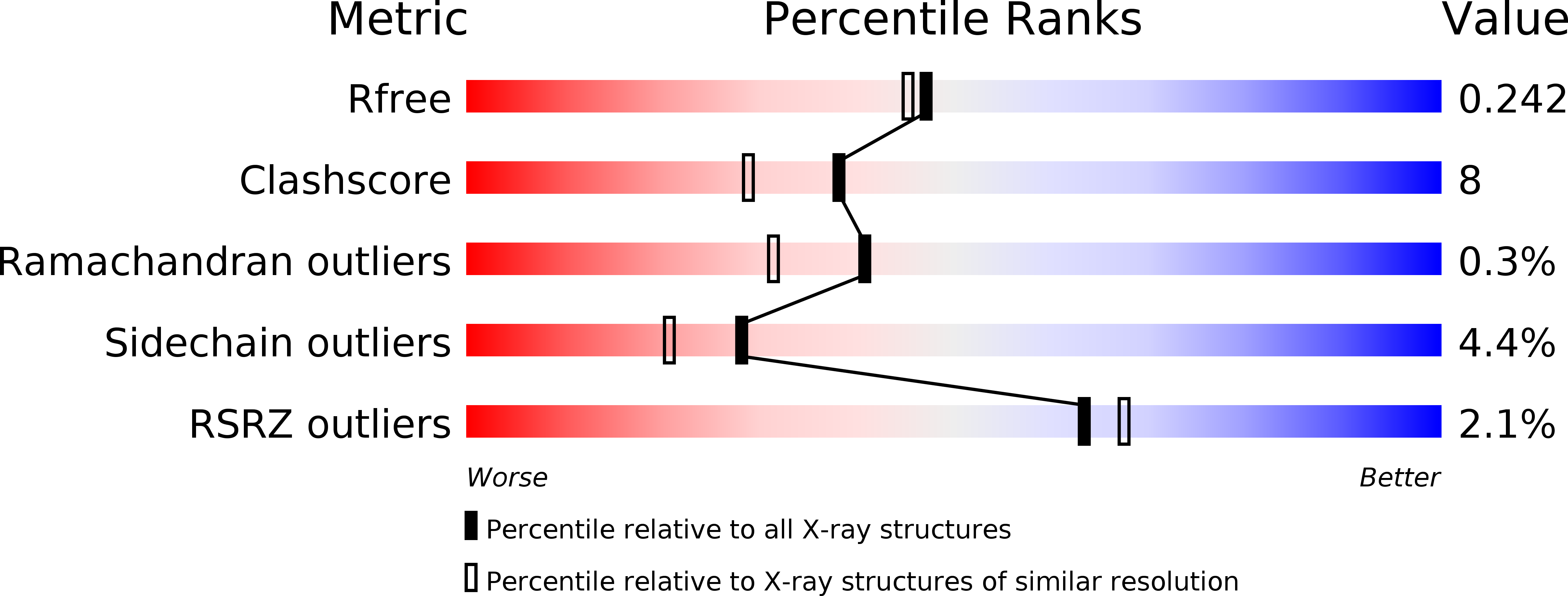
Deposition Date
2014-02-10
Release Date
2015-02-18
Last Version Date
2023-09-20
Entry Detail
Biological Source:
Source Organism:
Amycolatopsis orientalis (Taxon ID: 31958)
Host Organism:
Method Details:
Experimental Method:
Resolution:
2.04 Å
R-Value Free:
0.24
R-Value Work:
0.19
R-Value Observed:
0.19
Space Group:
H 3


